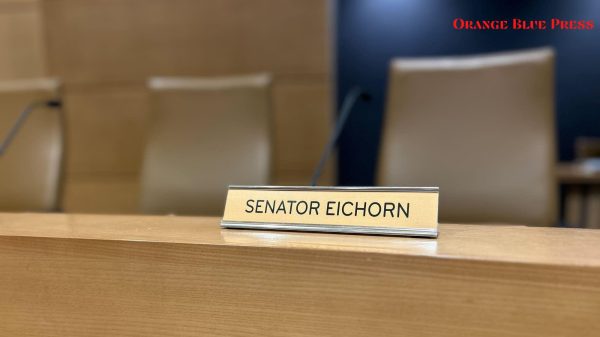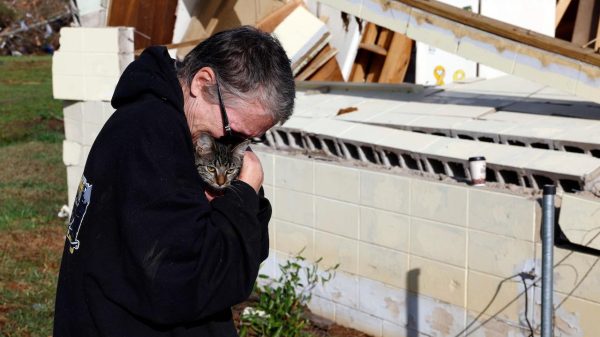There are potential compromises short of full refundability that would still increase the credit for some of the almost 19 million children in families receiving less than the full credit now because their earnings are too low.

There are several facets of the CTC that restrict benefits for low-income families. These facets can be individually modified. (Photo: GoBankingRates)
The Child Tax Credit expansion appears to have stalled. These talks were going south due to some lawmakers opposing making the credit fully refundable or allowing low-income families to qualify for the maximum credit regardless of how much they earn.
Fortunately, there are potential compromises short of full refundability making it possible to increase the credit for some of the almost 19 million children in families receiving less than the full credit now because their earnings are too low.
There are several facets of the CTC that restrict benefits for low-income families. These facets can be individually modified. There is a requirement for Tax Cuts and Jobs Act of 2017 ensuring that families must earn at least $2,500 a year to access the credit.
Benefits are then phased in at a rate of 15% for each dollar of earnings beyond that amount. Up to $1,600 of the credit can be received as a refund (up from $1,400 under prior law and $1,500 in 2022) in 2023.
According to Forbes, Congress has the ability to choose between several options to place the benefits of the lowest-income families on par with the full $2,000 per child benefit that over 45 million children living in middle- and high-income families receive each year. There are four options that were put into consideration by the Tax Policy Center.
Option 1: Revoke the earned income threshold to allow families to calculate their benefit on all their earnings, rather than excluding the first $2,500.
The first element of what Senator Romney and others have proposed in the Family Security Act 2.0 (FSA 2.0). For families that can’t currently receive the full amount of the credit as a refund, it would boost the credit by up to $375.
As estimated by TPC, 85% of benefits from this change would flow to families in the bottom 20% of the income distribution. This change would deliver about $2 billion in additional benefits (or cost the federal government about $2 billion in additional foregone revenue) in 2023.
Option 2: Revoke the limitations on how much of the credit can be received as a refund.
The limit will rise to equal the full amount of the credit under current law eventually, because of adjustments for inflation. Congress has the ability to rush this equivalence by removing the limit now.
Families will need about $13,200 in earnings for the first child, plus another $10,600 for each additional child. Because of these requirements to receive the full $1,600 refundable amount in 2023. Even middle-income families are not always able to access the full refundable portion of the credit.
About $3 billion in additional benefits in 2023 would be utilized if this option is considered. For families in the bottom 20% of the income distribution about 54% of benefits would go to and another 37% go to families in the second income quintile.

There are several facets of the CTC that restrict benefits for low-income families. These facets can be individually modified. (Photo: Tax Policy Center)
Option 3: Congress could phase the credit in faster.
If the phase-in rate would be doubled from 15% to 30% it will reduce the amount of earnings needed to get the full credit to $7,800 for the first child, plus $5,300 for each additional child. Total additional benefits would be about $3.7 billion in 2023 and Benefits would be distributed similarly to Option 1. Families would still have their credit limited to the amount available as a refund under this option.
Alternatively, Congress could adopt a faster phase-in, targeting full benefits once a given income is reached. Under the FSA 2.0, for example, benefits would fully phase in once earnings reach $10,000. This design allows larger families to get larger benefits at the same income level as smaller families.
Option 4: A combination of all the above options would be used by the Congress.
In 2023, this would deliver about $11 billion in additional benefits (cost about $11 billion in additional foregone revenue). This would mean that just over three-quarters of benefits would go to families in the bottom income quintile and most of the remaining benefits would be delivered to the second income quintile. Additionally, this option would reduce the number of children living in families that do not get the full CTC because their families do not earn enough to just over 6 million.
A larger benefit for young children could also be extended by Congress, consider counting income other than earnings such as unemployment, Social Security, or disability to calculate the credit, or make part of the credit fully refundable and phase in the remainder.
As a result of current research, it shows that delivering cash assistance to children can be a great investment. This will aid in a child’s development and produce a lifetime of economic and social benefits. Plenty of options could move the federal government closer to delivering a benefit to the lowest-income children on par with higher-income children.
READ ALSO: Will The Child Tax Credit Be Extended Until 2025?




















